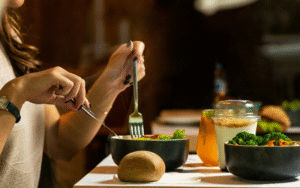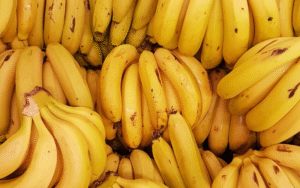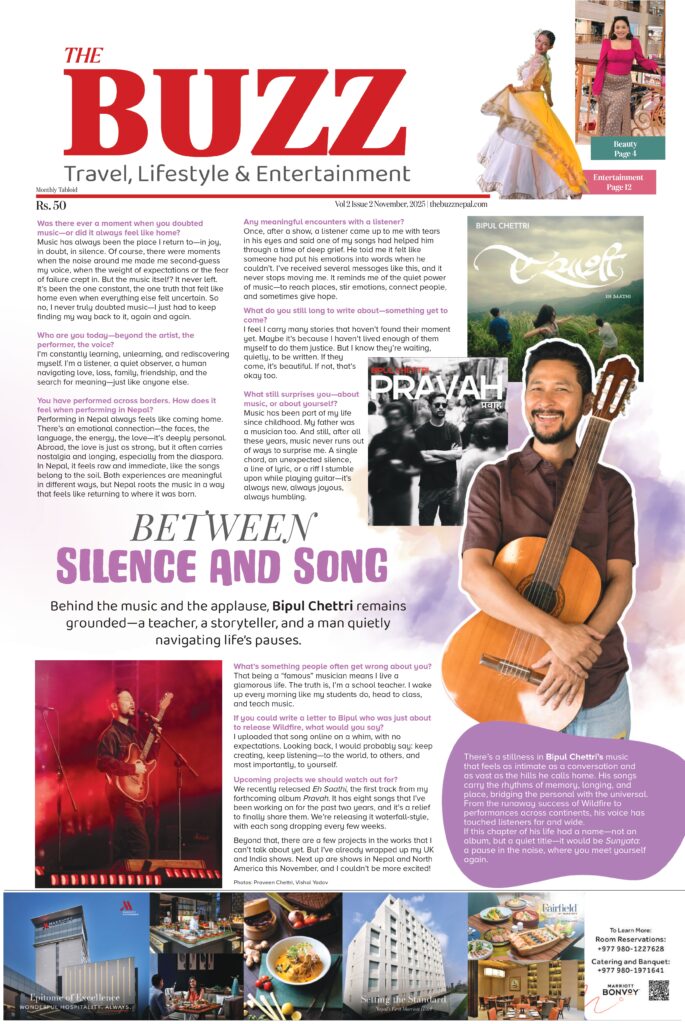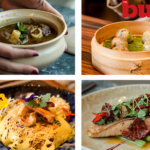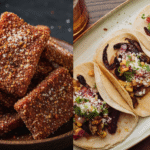From Titaura to Tacos: Gen Z’s Wild Fusion Food Obsession

The Era of Experimental Eating
If food was once about family recipes and comfort flavors, Gen Z has flipped the plate. Today’s young Nepalis aren’t just eating – they’re experimenting, creating, and sharing their own fusion food culture that blurs the line between local and global. From titaura tacos to waiwai sushi rolls, Kathmandu’s food scene is buzzing with creative chaos, where tradition meets trend in the most unexpected ways.
Scroll through social media, and you’ll find hundreds of videos featuring DIY street-style snacks, aesthetic plating, and daring flavor mashups. It’s food as self-expression – bold, colorful, and unapologetically fun.
A Taste of Chaos: The Fusion Revolution
Fusion food isn’t new – chefs have been mixing cuisines for decades. But Gen Z has taken it to another level, giving it their own Nepali twist. What makes this generation’s food culture unique is not just the taste, but the attitude behind it.
For Gen Z, food is no longer confined to rules or recipes. It’s about curiosity and creativity – using whatever’s available to create something new. The local corner store’s snacks become ingredients for viral recipes. A simple street momo gets reimagined with Korean sauce or Mexican fillings. Every bite tells a story of cultural remixing – one that mirrors the identity of a generation constantly navigating between tradition and global influence.
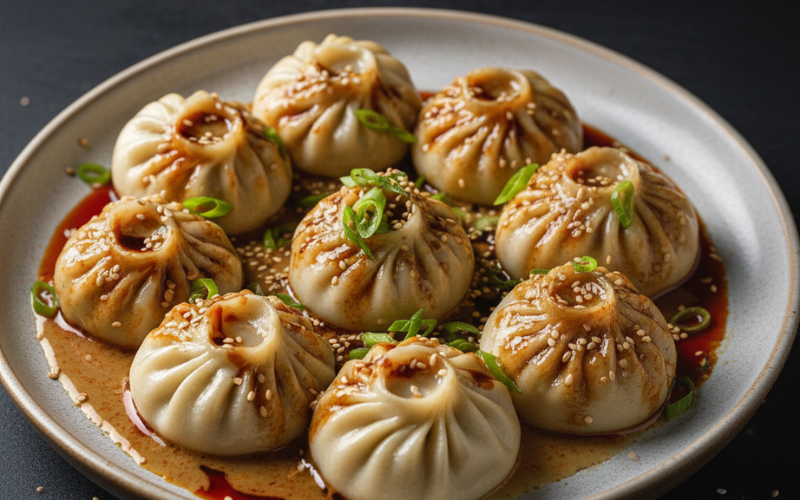
The Power of Social Media
Social media is the secret sauce in this food revolution. It has become virtual kitchens where young foodies flex their creativity. The goal? To make food look as good as it tastes.
Kathmandu cafés are catching on – designing menus and interiors tailored for the social media. Neon signs, aesthetic plating, and over-the-top milkshakes are more than just culinary choices; they’re marketing strategies. Every swirl of cream or sprinkle of chili powder is crafted for the perfect post. Food isn’t just consumed anymore – it’s performed, photographed, and posted.
Nostalgia Meets Novelty
While fusion food may seem global, its emotional core remains deeply Nepali. Gen Z’s kitchen experiments often start with childhood flavors – titaura, waiwai, chatpate, laphing – reimagined in ways their parents might never have imagined.
Take titaura tacos for instance: a creative twist where sour Nepali candy meets the Mexican classic. Or waiwai crust pizza, which swaps traditional dough for crispy noodles. These dishes combine nostalgia with novelty, allowing young people to stay connected to their roots while embracing global influences.
It’s culinary rebellion with a sentimental twist – comfort food reinvented for the digital age.
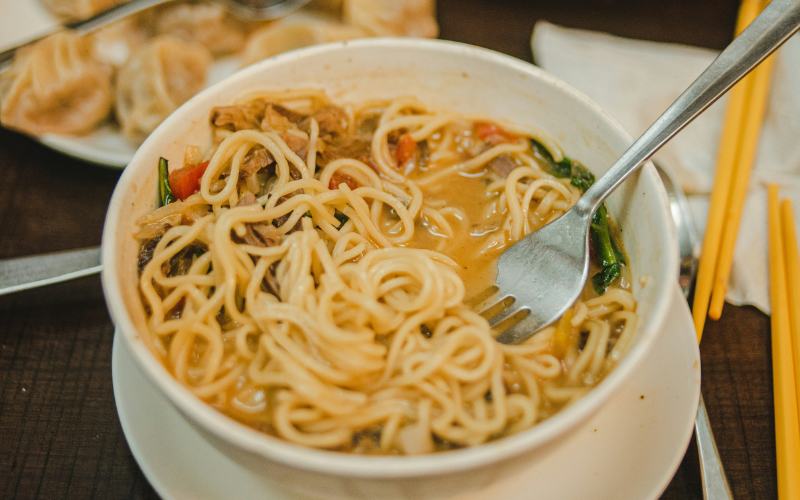
Beyond Taste: A Cultural Statement
This food fusion movement goes beyond just quirky combinations. It’s a cultural statement – a reflection of a generation that doesn’t believe in boundaries. Gen Z is redefining what “Nepali food” means by blending it with global flavors, street culture, and social media aesthetics.
In a way, their cooking mirrors their lives: fast-paced, hybrid, and proudly authentic. They’re not afraid to mix things up – in food, fashion, or identity. For them, a bowl of titaura ramen isn’t just a snack; it’s a symbol of freedom to create, remix, and redefine.
What’s Next for Nepal’s Food Future?
As cafés, food trucks, and home chefs embrace the Gen Z palate, we’re likely to see even bolder experiments ahead – momo‑nachos (Nepali‑style dumplings on a nacho plate), momo tacos (steamed dumplings in taco shells) and thukpa ramen (Nepali noodle soup + Japanese style),
But amidst all the innovation, one thing stays constant: Nepal’s love for flavor and creativity. Whether it’s served on a street corner or in a minimalist café, food continues to bring people together – one fusion bite at a time.
Because at the end of the day, whether it’s titaura or tacos, Gen Z has proven one thing – Nepal’s food scene isn’t just evolving: it’s exploding with flavor, flair, and fearless imagination.
Also Read
A Rising Star with Heart: John Chamling Rai
To Every You, To Every Me: The Anime That Made Us Believe in Love Across Worlds
Aloft Kathmandu Thamel Organizes 11th “Road to Give” Charity Fund Session
Bipul Chettri’s “Ghar Salkay ko Katha” is His Second Song for His Pravah Album



